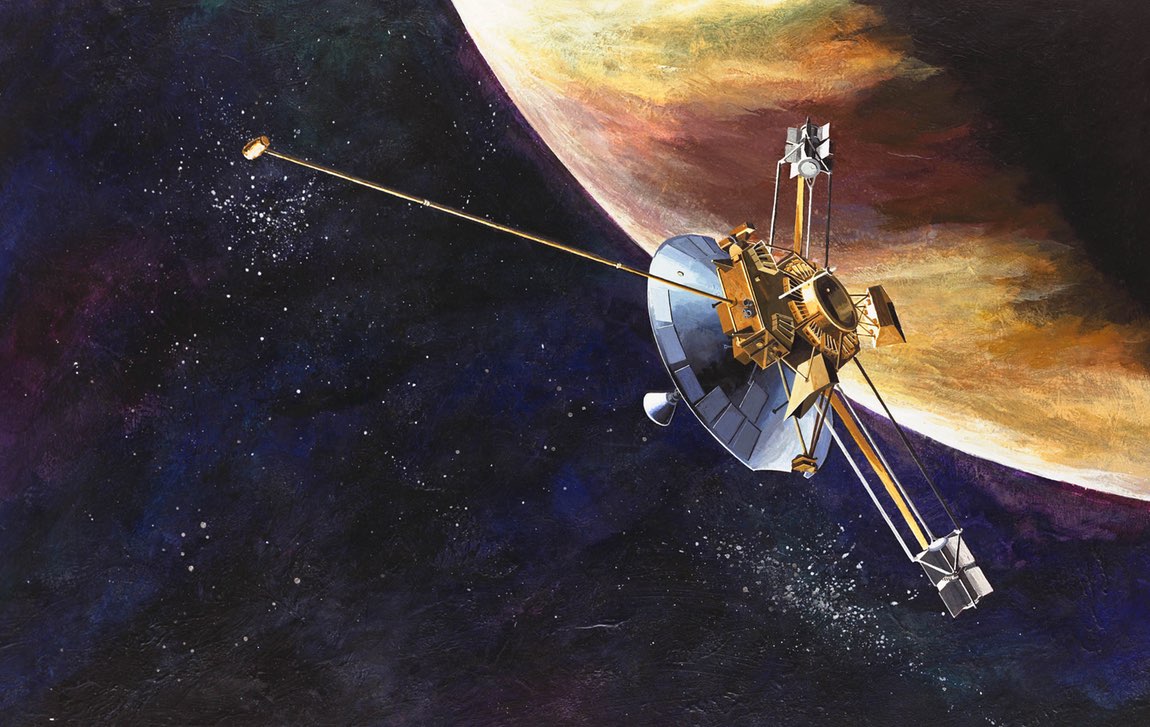Fact of the day #6: June 13 1983: Pioneer 10 becomes the first man-made object to leave the central Solar System
Thirty four years ago, on 13 June 1983, Pioneer 10, the first NASA mission to the outer planets, crossed the orbit of Neptune. Pioneer 10, which was launched on 2 March 1972 towards Jupiter, was the first spacecraft to pass through the asteroid belt and get close-up images of the gas giant. It was launched from Cape Canaveral, Florida. It was also the first spacecraft to be powered by all-nuclear electrical system. The data sent by the spacecraft helped NASA scientists identify plasma in Jupiter's magnetic field.
Pioneer 10 entered the asteroid belt on 15 July 1972 and started imaging as early as 6 November 1973. Also during this period, Pioneer 10 took about 300 photos of Jupiter that included images of the planet's terminator and the Great Red Spot.
After the having crossed Neptune, the spacecraft continued its journey and is known to be headed towards the red star Aldebaran, which forms the eye of the Taurus constellation. It is expected to pass by Aldebaran in about two million years.
NASA officially terminated routine contact with the vehicle on 31 March 1997 citing budgetary reasons but the spacecraft signal was last detected on 23 January 2003 through intermittent signals. Astronomer Carl Sagan designed a 6 by 9 inches gold-anodised plaque, which is bolted to the probe’s exterior, and displays a drawing of a human man and woman, a star map marked with the location of the sun, and another map showing the flight path of Pioneer 10.
.jpg)